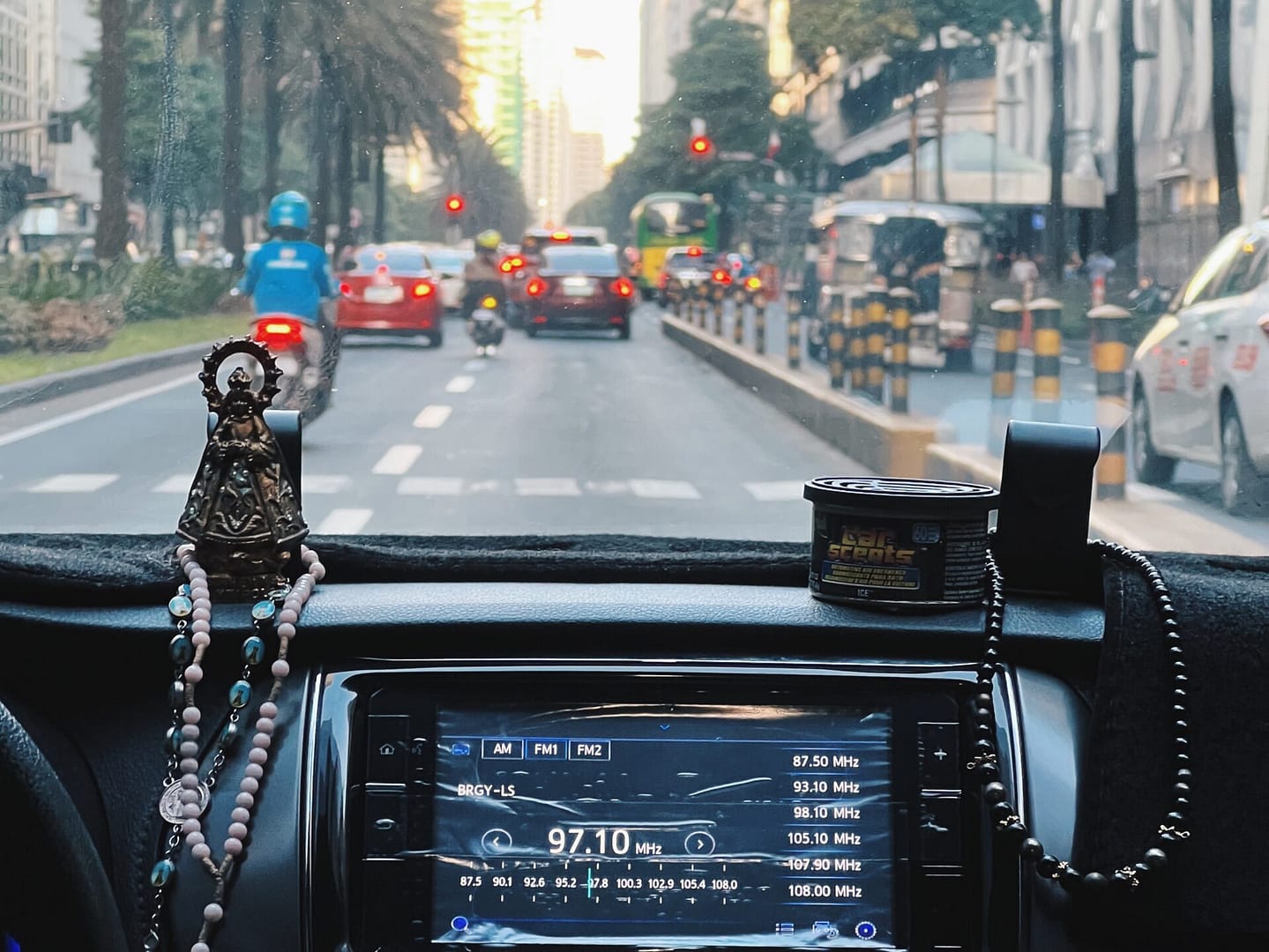When I saw my friend Jj back in my hometown for the first time since leaving for Beijing four months ago, he asked me in confusion, “That was four months already? I must’ve been so busy, it felt like only a few weeks!” The exact opposite was true for my girlfriend, to whom those four months felt like forever (Ariana, if you’re reading this, I missed you terribly, too).
Time never seems to act as it should, and unless our eyes are glued to the clock 24/7, time itself never seems to be on time. However, I like to believe that it’s not just time doing all the work. I think we humans are time travelers ourselves.
Every time I chew on a mouthful of Ooma’s truffled steak aburi maki or Dunkin’s choco butternut or a Shake Shack burger, I close my eyes and chew slowly and time slows down almost to a stop—the eyes closed is what does the trick, I think. Time travel. Sort of.
Slowness, awareness, and appreciation. I’ve found that these are the gas pedal, clutch, and breaks to the time machine in our minds. We can almost create more time just by fully being in it. And it’s just as possible to skip moments and entire scenes of our lives just be living in the past or the future.
And then there are the external time machines that we encounter along the way. Green lights—fast forward. Red lights—slow motion. The Twitter doom scroll—fast forward. A good, slow read—slow motion. Power naps—fast forward. Insomnia—slow motion.
I’ve noticed that the more aware we are of these abilities, the clearer it is that they don’t stop at changing the speed of time. Our time machines are much more powerful than this. For one, we can go back. We can’t change anything in the past, but we can experience it again, as if we were back in time.
Every time I visit Ortigas, this happens instantaneously. I would say that I became who I am today in Metro Manila, but it’s really in Ortigas where I changed the most—and the most times. It’s become a time capsule of my early twenties—job changes, life-altering mistakes, and a sort of rebirth towards the end. Places are powerful time machines.
As I’m writing this, I bump into Lawrence—a classmate from grade school 14 years ago—and his family at the airport. They’re sending his younger sister Annika off to college. College! The last time I saw her, she was barely two feet tall, crying while running towards her mom.
She says, she’s going to Ateneo. “Dorm? ARSA?” I ask her. “I’ll be attending the ARSA OrSem (an eventful two-week-long orientation seminar to introduce you to dorm life on campus) when I get there,” she says. My OrSem was 10 years ago. Crazy.
I’ve decided, my favorite time machines are other people. And what’s great is that they work exponentially, too. Imagine a high school reunion. Imagine all those time machines around you. Imagine the clarity of the memories while reminiscing with your batch at that reunion. Mass time travel.
The same is true for the opposite direction. Traveling into the future is just as possible and it seems that the older we get, the better we are at it. We become analysts, entrepreneurs, economists, investors. We speculate, predict, and plan ahead. It’s this particular form of time traveling that causes most of our anxieties, but also, we can’t live without it.
We’re frequently told to live in the moment. Be in the present. I think this is good advice. In fact, at the beginning of writing this, I thought that that was going to be the main point of this essay. But as I write, I’m beginning to realize the value of time traveling with or without the intention to.
Stop living in the past? Nostalgia is too potent a force to forego. Plus, learning from the past is vital. Don’t worry about the future? Planning ahead is how we get things done. Perhaps the real wisdom lies in knowing when to be in the moment, and when to look forwards and back.

